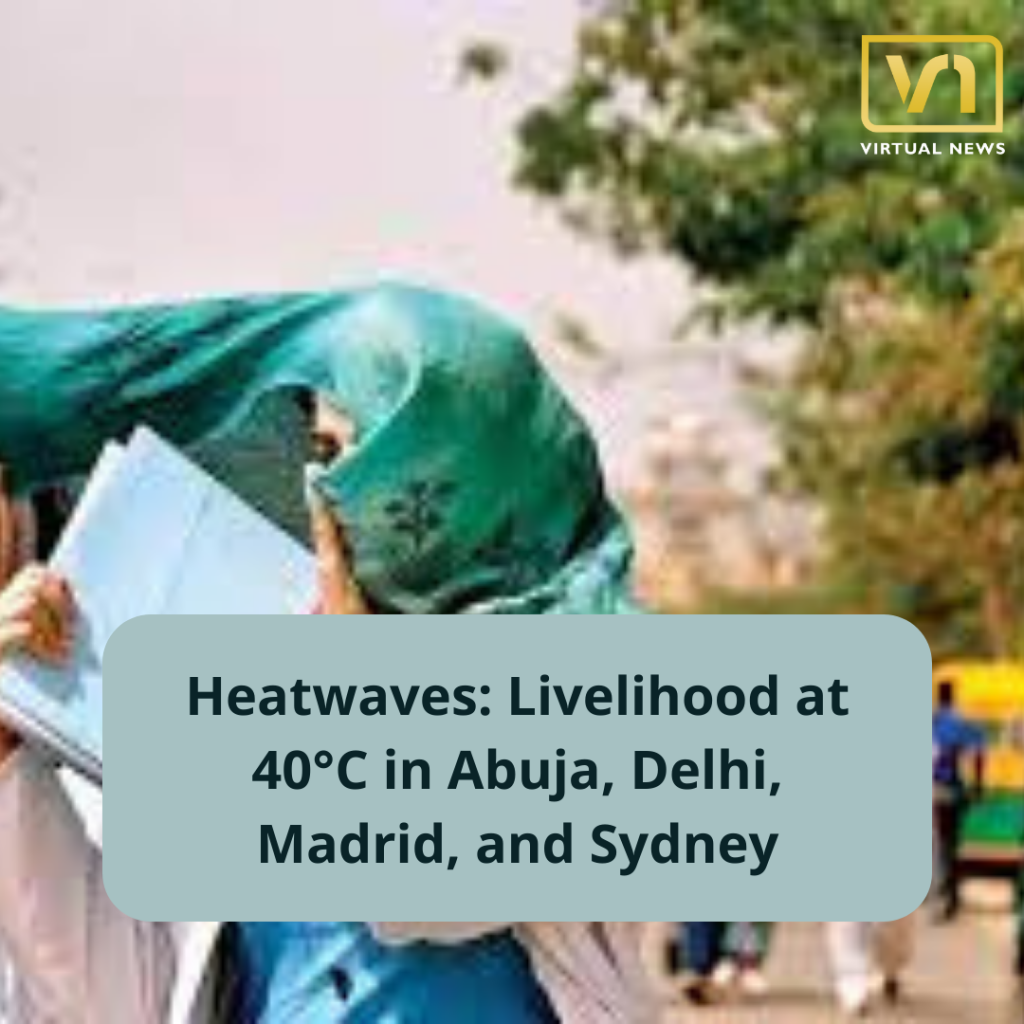To begin with, people have been encouraged to avoid unnecessary ventures and many have been working indoors. Some schools have closed early or elected not to open at all, while the intense heat is putting pressure on the health service.
Moreover, institutions targets to keep students as protected and comfortable as possible. Many classrooms have air conditioning but others depend on a mishmash of measures. These include using fans, changing uniform decorum, creating extra spaces with more equipped ventilation, and asking students to bring water bottles. Outside, students are encouraged to seek out shady places.
Personnel are encouraged to look out for indications of heat stress among students
Subsequently, PE classes should be circumvented in the middle of the day, officials retort. New South Wales, for instance, recommends arranging sport in the mornings and swimming jamboree in the evenings as examples of different alternatives.
Moreover, personnel are encouraged to look out for indications of heat stress. The highest temperatures in the Indian capital Delhi, are levitating around 38C at the moment, which is a lot lower than the climax of 49.2° Celsius that was charted in mid-May but there is no relief. Poor rainfall and high humidity index skyrocketed the city’s heat marker.
People are recommended to keep themselves hydrated and stay indoors when the temperature skyrockets.
Further when the heat skyrockets, people are recommended to drink a great deal of of fluids and stay inside during the hottest times of the day and those who must travel out either take their own private vehicles or air-conditioned taxis if they can meet the expense of it as much of the public transport is fundamental and has destitution of air-conditioning. Over the past two decades though, traveling in the city has improved with the establishment of the Delhi Metro. With fully air-conditioned compartments and air-conditioned stations, it is the favored means of transport for the people who live in the main city.
Meanwhile, the train network often marked out as the backbone of the Indian economy operates solely normally during the despotic summers. The train tracks are made with a pre-existing gap in between them which permits some areas to expand with heat when temperatures skyrockets high to 40° Celsius or more.

